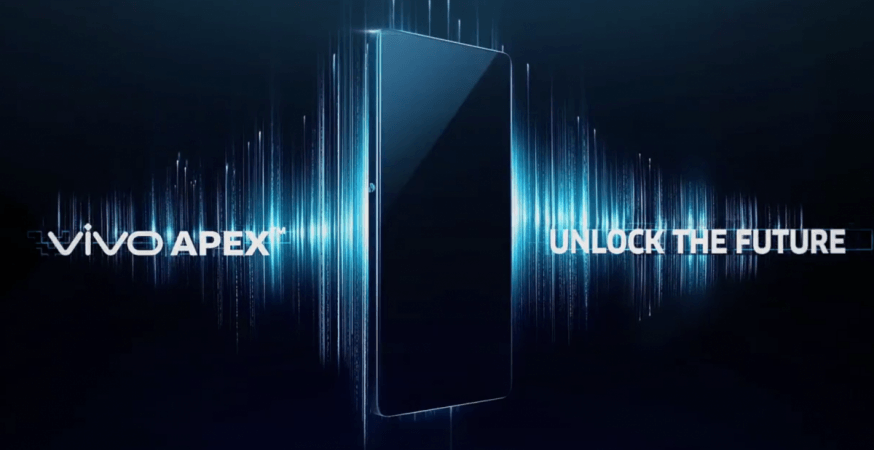
It has been a few months since Apple launched the iPhone X – the company's fitting reply to the demand for bezel-less smartphones — but the Mobile World Congress hosted the launch of a new Chinese smartphone that bests Apple's best work.
Besides Samsung and Nokia making some important debuts at MWC 2018, Vivo managed to turn numerous heads at the Barcelona trade show.
What is so special about Vivo's new concept smartphone at MWC 2018?
Vivo has unveiled a truly bezel-less smartphone called Vivo Apex, which is a concept at this stage. The unique elements of the Vivo Apex make it completely stand out in the crowd.
With 98 percent screen-to-body ratio, Vivo Apex gives us an all-screen experience without the interference of bulky bezels, camera and other sensors, and even the unsightly notch.
Three sides of the Apex's display have 1.8mm bezels and the bottom chin is about 4.3mm. So the logical question here is what about the camera, earpiece or the fingerprint scanner? All of those features are neatly tucked into the phone.
This is no Sci-Fi flick. The future of smartphones is here, and it's real, with the new Vivo concept smartphone APEX.#APEX #UnlockTheFuture pic.twitter.com/jNt2YXyYtO
— Vivo India (@Vivo_India) February 26, 2018
The fingerprint scanner
The Vivo X20 Plus UD concept smartphone unveiled at the CES 2018 in January gave us all a hope that rear-mounted biometric scanners can be a thing of the past sooner than later. Vivo was the world's first company to have demonstrated an in-display fingerprint scanner in a smartphone, but little did we know about the company's intentions to up the game in less than two months.
The Vivo Apex concept smartphone features an improved version of Vivo X2 Plus UD's in-display fingerprint scanner. The company describes it as "Half Screen In-Display Fingerprint Scanning Technology," and it's apt.

Vivo Apex has a larger fingerprint scanner area under the OLED display, which is not limited to a thumbnail size. You can place your finger anywhere within the one-third of the area of the phone dedicated to authenticating a registered fingerprint in order to unlock the phone. This eliminates the need to look for the exact spot and carefully scan the fingerprint.
Vivo also enhanced security on its new biometric upgrade by letting two different fingerprints to be scanned simultaneously. This boosts the security of the device.
The selfie camera
Losing the bezels wasn't a tough choice, but placing important sensors like the front camera for selfies and video conferences in Vivo Apex seemed challenging. But the Chinese tech giant has a unique workaround to offer a selfie camera without expanding any of the bezels or having a notch up top.
Vivo Apex features an 8MP front-facing snapper that is hidden behind the screen and pops up when needed. According to The Verge, it takes 0.8 seconds to rise and be ready to use. This is a unique concept, but the selfie camera's retraction durability is still questionable.

"Together with the hidden proximity sensor and ambient light sensor, this eliminates the space taken up by conventional front cameras, while offering the same selfie experience to users," the company said in a statement.
Hello! – The earpiece
If Vivo managed to tuck the front camera without compromising bezels, there was no question of adding one for the speaker. But that doesn't mean you would have trouble with phone calls.
Vivo borrowed an idea from Xiaomi's Mi MIX smartphone for the Apex's earpiece using a piezoelectric design. But what Vivo has done here is unique as the entire screen of the Apex smartphone vibrates to act as a speaker.
Unsolved mysteries

Even though the Vivo Apex smartphone was unveiled, the core features and specifications of the handset remain unknown. The rear cameras seem to be a dual-lens setup, but the configuration is still unknown. The phone's commercial launch is also a mystery, but we expect to see similar tech implemented in smartphones as early as next year.
If you're looking for more action from the world's biggest trade show of the year, follow our exclusive highlights from MWC 2018.
Related









